Riding The New Bridgestone Battlax R11 DOT Race Tire

Confidence inspiring from the first lap
Building a new motorcycle tire is not easy. As the only two contact points your motorcycle has to the ground, there’s a lot of responsibility involved. In the case of a racing tire, the demands become that much greater; not only does the tire need to remain consistent throughout its life, but it also needs to be better than its predecessor. Sure, this can be said about practically any motorcycle tire, but with racing tires there’s an actual gauge to measure old and new: the stopwatch.
Hence was the challenge Bridgestone faced when developing its latest DOT racing tire, the Battlax R11. The successor to the popular R10, Bridgestone engineers couldn’t sacrifice the performance of the R10, but knew improvements had to be made. Here, B-Stone decided to focus on a few key areas: improved corner entry, better grip while braking and accelerating, and more consistent performance throughout the life of the tire.
Tire Tech
To do this, Bridgestone utilized its proprietary Ultimat Eye technology first developed for its Formula One and MotoGP racing programs. Ultimat Eye is basically a tire dyno able to replicate the loads, forces, and stresses on tires in real time. The data collected allows B-Stone engineers to optimize the tire to the design specifications, which, in this case, is better performance on entry and tread rigidity mid-corner.
To get slightly more technical, Ultimat Eye allowed Bridgestone to better see and understand the abrasion angle occuring on a tire under usage (generally speaking, it’s parallel under acceleration/braking, edging closer to perpendicular the further you lean over), and it helped define the deformation of the tire under braking and cornering. As a result, the grooves of the R11 were designed and positioned according to these forces. This lets the grooves maintain maximum rigidity while cornering, while at the same time providing optimum deformation for quicker warm-up times. Lastly, it allows the maximum contact patch under acceleration.
Moving past the grooves and into the construction of the R11, Bridgestone made some tweaks to its Variable Mono Spiral Belt (V-MSB) construction. On the front tire, the belts are further apart on the shoulders and closer together in the center. With the goal of faster corner entry in mind, this new spacing puts higher, more evenly distributed, pressure on the contact patch while cornering. From the rider’s perspective, this translates to more front end feel and confidence, and confidence is key when chasing lap times.
Tweaks to the V-MSB construction are made on the rear tire also, with belts close together on the extreme edges and middle of the tire, and further apart on the shoulders. This provides stability at full lean, and max contact patch (read: drive) once the bike is picked up off the side and acceleration begins. Bridgestone also claims more consistent performance over the life of the tire. However, due to the additional forces acting on the rear tire, Bridgestone utilizes an additional belt layer, called the GP Belt, on top of the V-MSB – a procedure also done on the V02 full racing slick.
According to Bridgestone, the result of all this hard work was a difference of 1.5 seconds. That’s how much faster Bridgestone’s test rider lapped the Oschersleben track aboard a Honda CBR600RR wearing R11 tires compared to the R10. As any of you who follow racing know, 1.5 seconds is a massive amount of time.
Lastly, while not exactly a technological talking point, Bridgestone’s fourth goal is worth mentioning: providing a full size-run to satisfy all classes of sportbike racing, from entry-level small displacement machines, to fire-breathing superbikes. With the growing popularity of small-displacement racing throughout the world, Bridgestone is capitalizing on this by offering its premier DOT race tire to fit virtually every sportbike on the market. Fronts will be available in both 110/70 and 120/70-17, while rears will vary from 140/70-17 to 200/55-17. Two compounds will be available – soft and medium – with 120/70-17, 190/55-17, and 200/55-17 available in both compounds. The rest will only be available in medium.
Talk Is Cheap
From where I was sitting – which was Yamaha’s full lineup of R-World sportbikes: the R3, R6, R1, and R1M – my measure of a race tire is how quickly it warms up, its stability under braking, confidence at full lean, and predictability on the gas at corner exit. Yamaha and B-Stone staff kept the bikes on tire warmers throughout our two days of riding around the excellent Utah Motorsports Campus (aka Miller Motorsports Park), so gauging warm-up times was difficult, but judging from the times I came in and didn’t put the bike back on warmers, getting back up to speed again took the better part of a lap. From a completely cold tire, two laps should be plenty to get up to proper operating temps (depending on ambient weather conditions, of course).
Braking stability is important, as lots of time can be clawed back under brakes, and here is where the R11 really shines. No matter the bike, from R3 to R1, the R11 felt incredibly composed under braking, offering tons of stability especially when trailbraking. So much so that I dared myself to go deeper and deeper on the brakes, ready to receive any sort of protest from the tire as a sign the limit was approaching. It never came.
While on the side of the tire, the R11’s grip was never in question; full lean on any of the Yamahas was never met with any sort of spooks or scares, and feedback was excellent. The profile of the tire requires slightly more effort from the rider to flop from side to side, but it’s hard to be definitive, having not ridden on the previous R10 tire in a long time.
As far as grip on acceleration is concerned, the R11 took the abuse of a ham-fisted R1 rider (me) like a champ, my attempts to induce a gnarly slide only succeeding once before the Yamaha’s traction control kicked in and prevented me from looking like a big idiot. Otherwise, the R11 simply hooked up and drove forward. As I piled more laps on an R6, the tire would squirm with a slight wiggle or bobble as more laps were put on – communicating beautifully how much (or how little) I was punishing it.
Ultimately, I had to call it quits before the tire did. Two days of riding took its toll on me, but it says a lot about the tires that not a single motorcycle fell down. None of the assembled journos even complained about any close calls.
As a fan of the previous R10 tire, news of a successor obviously got me excited. Needless to say, the excitement was thoroughly justified. The R11 is a hell of a tire, whether you’re competing or simply a trackday junkie. With excellent levels of feel, traction, and feedback, it delivers everything I’m looking for in a track tire. It’s difficult to say how it stacks up against the competition without riding them back-to-back, but from a price perspective the Battlax R11 is definitely attractive. MSRP starts at $125.24 for 110/70-17 front, up to $231.84 for 200/55-17 rears. Combine that with B-Stone’s competitive contingency for racers, and it’s hard to go wrong.
Visit Bridgestone.com for more information.

Troy's been riding motorcycles and writing about them since 2006, getting his start at Rider Magazine. From there, he moved to Sport Rider Magazine before finally landing at Motorcycle.com in 2011. A lifelong gearhead who didn't fully immerse himself in motorcycles until his teenage years, Troy's interests have always been in technology, performance, and going fast. Naturally, racing was the perfect avenue to combine all three. Troy has been racing nearly as long as he's been riding and has competed at the AMA national level. He's also won multiple club races throughout the country, culminating in a Utah Sport Bike Association championship in 2011. He has been invited as a guest instructor for the Yamaha Champions Riding School, and when he's not out riding, he's either wrenching on bikes or watching MotoGP.
More by Troy Siahaan



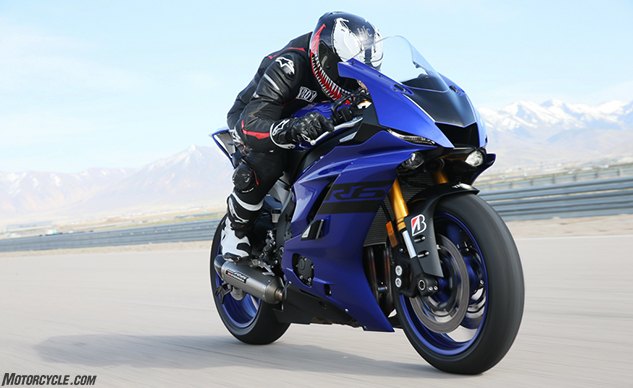
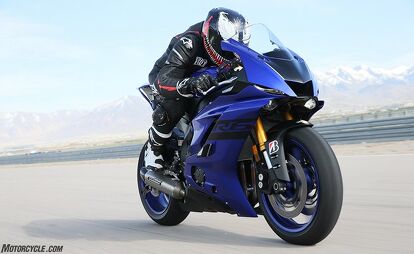






























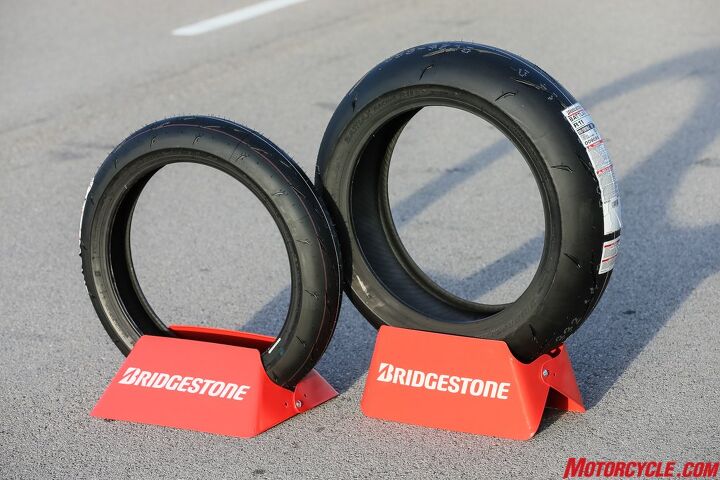






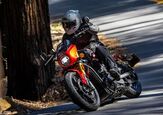
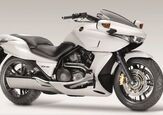
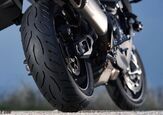

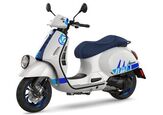
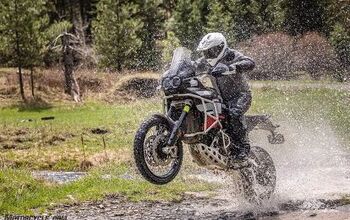
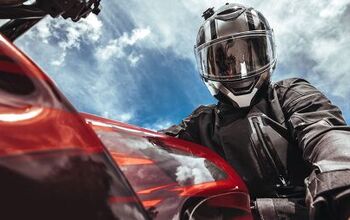
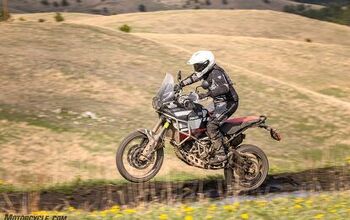
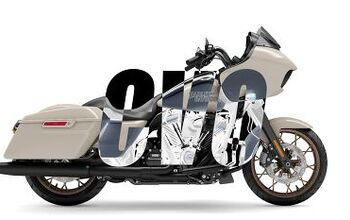

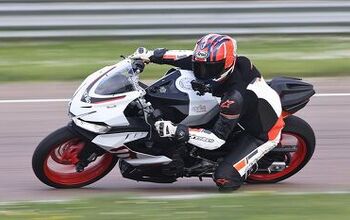
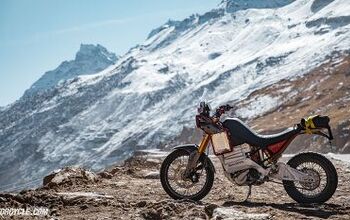
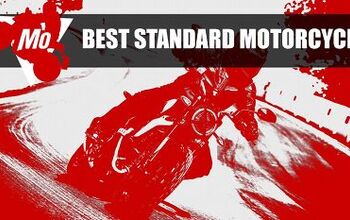
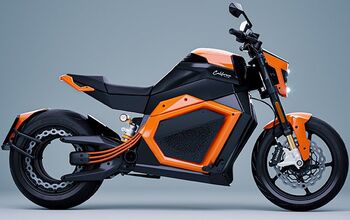
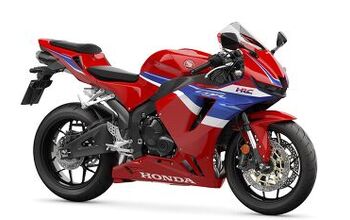
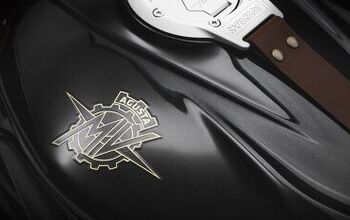
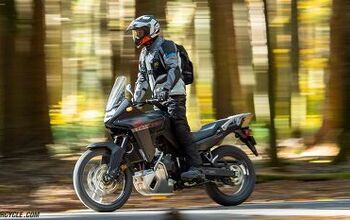

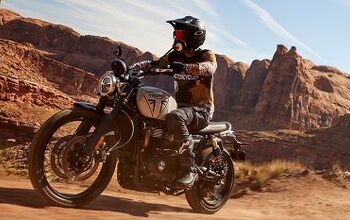
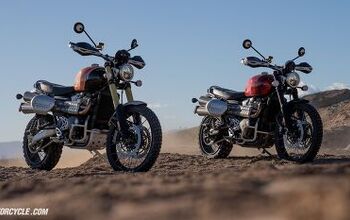

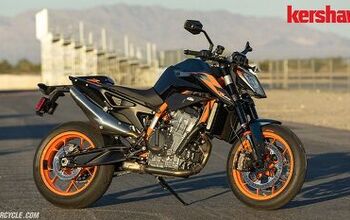
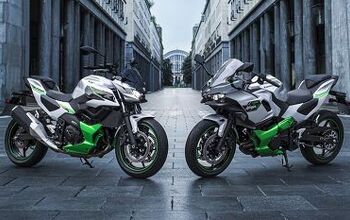
Comments
Join the conversation
All this is great if it results in street sport tires that grip better for longer. Most sport tires today are better than most of us can utilize when they are new, so how long that goodness lasts is the key differentiator for the street.
How about longevity? The R10 was great, but it simply did not last very long.